The Carving of Coral Reef
By Mark Doolittle
Mark Doolittle’s carvings are unusual and intriguing, reflecting strongly of his academic training and career. In this article, Mark provides an overview of the carving process used in creating Coral Reef.
Click on each image for a much larger, detailed view. If your cursor turns into a magnifying glass, click the image for an even more detail. Close the detailed view to return.
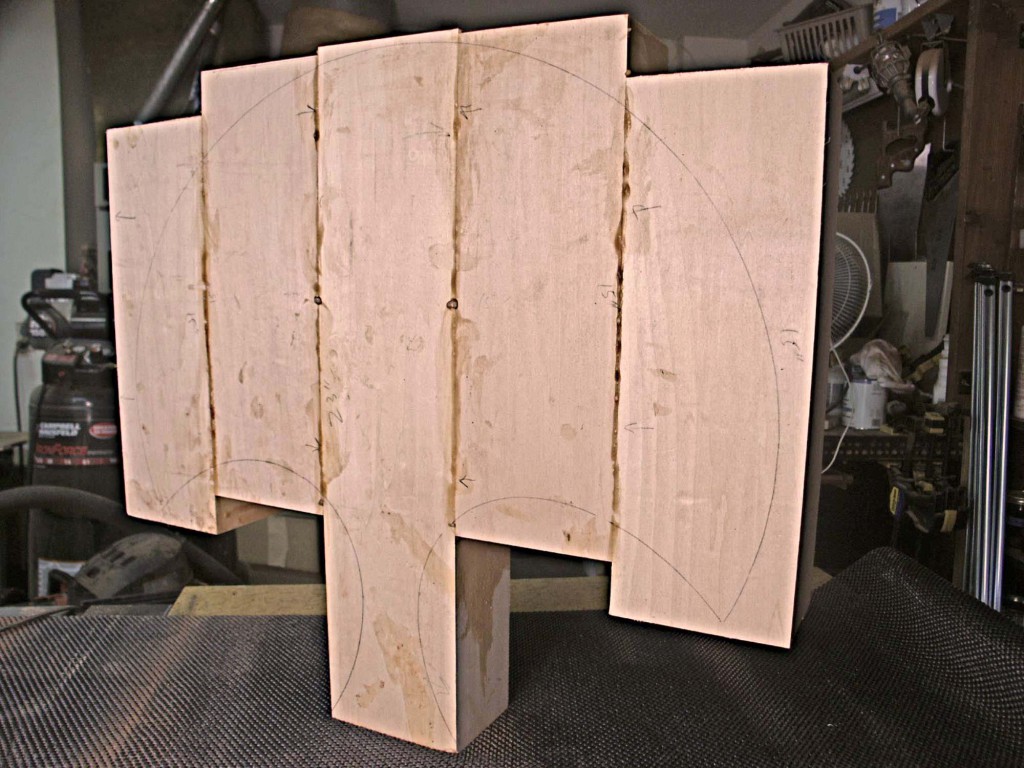
The first step is to obtain a single piece of wood of the appropriate color, workability, grain and size. For Coral Reef, the American hardwood “Basswood” was chosen, a light-colored, straight-grained wood that is very workable, making it a favorite among carvers. As shown in this photo, the size of the “Coral Reef” sculpture (24”h x 24”w x 4”d) was obtained by gluing together five pieces of 4” thick Basswood.
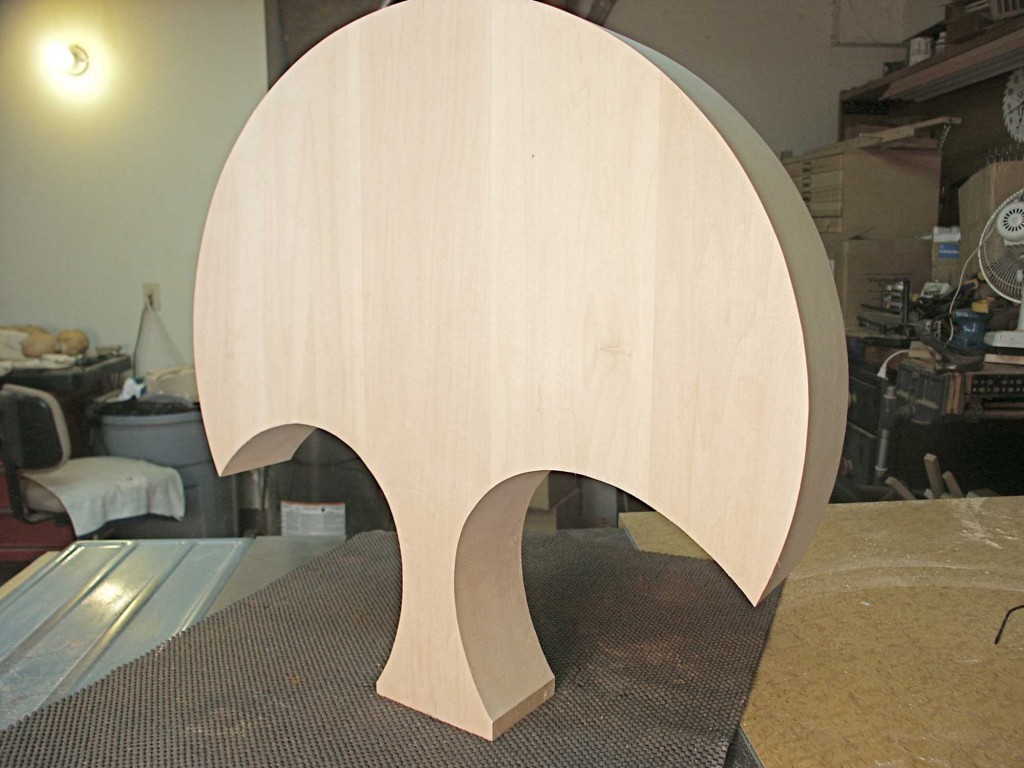
The second step is to obtain the overall shape of the piece. This begins by cutting out the overall profile of Coral Reef using a bandsaw.
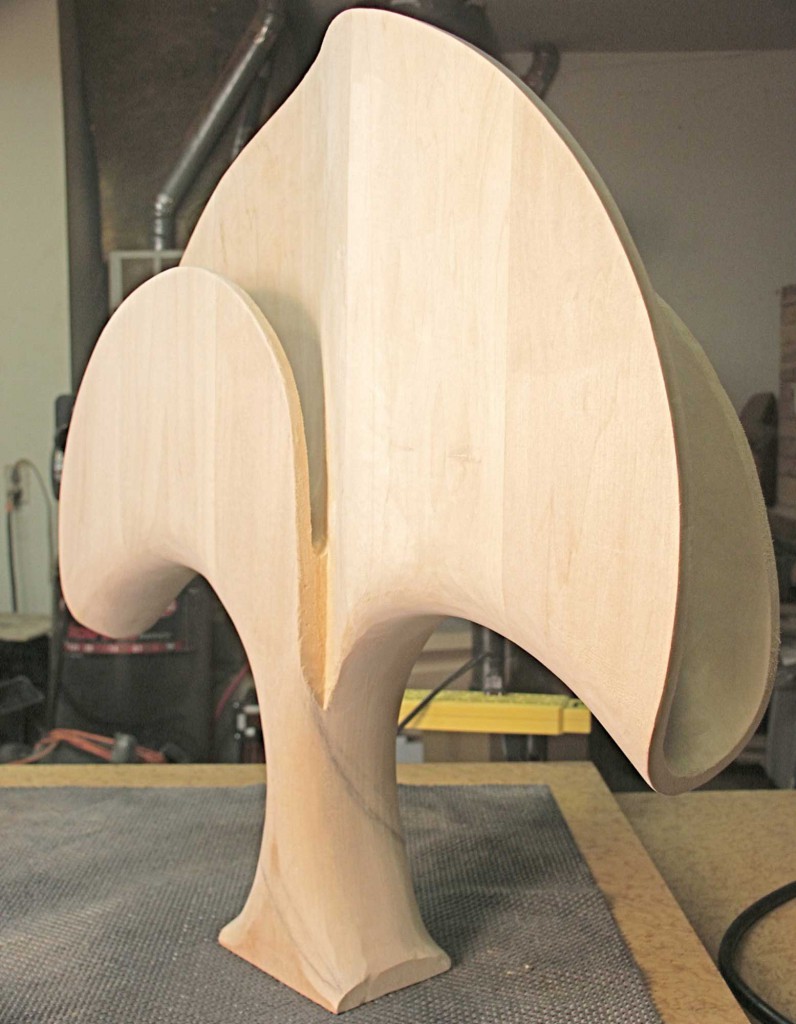
After the profile is obtained, the shaping step is continued using rasps, sanders, gouges and rotary burrs to achieve the final three-dimensional shape of Coral Reef.

The final step is to add detail carving that provides a sense of growth like the colonization of millions of coral polyps that build natural coral reefs. This “sense of growth” was achieved by carving holes & fissures using a variety of rotary bits and hand-held rasps and files. Here is the start of the detailed carving to obtain the desired organic shapes, beginning on the smaller “wing”.
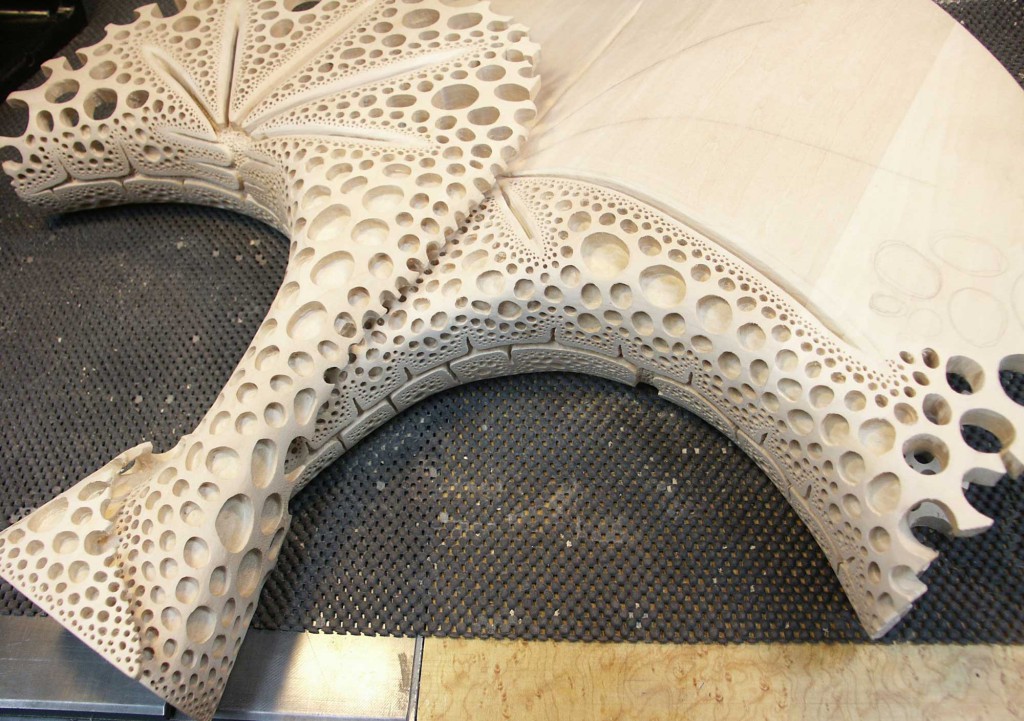
The bottom of the wings, showing the detail that was used to transition the carvings from the small wings to the stem and larger wings of the piece.
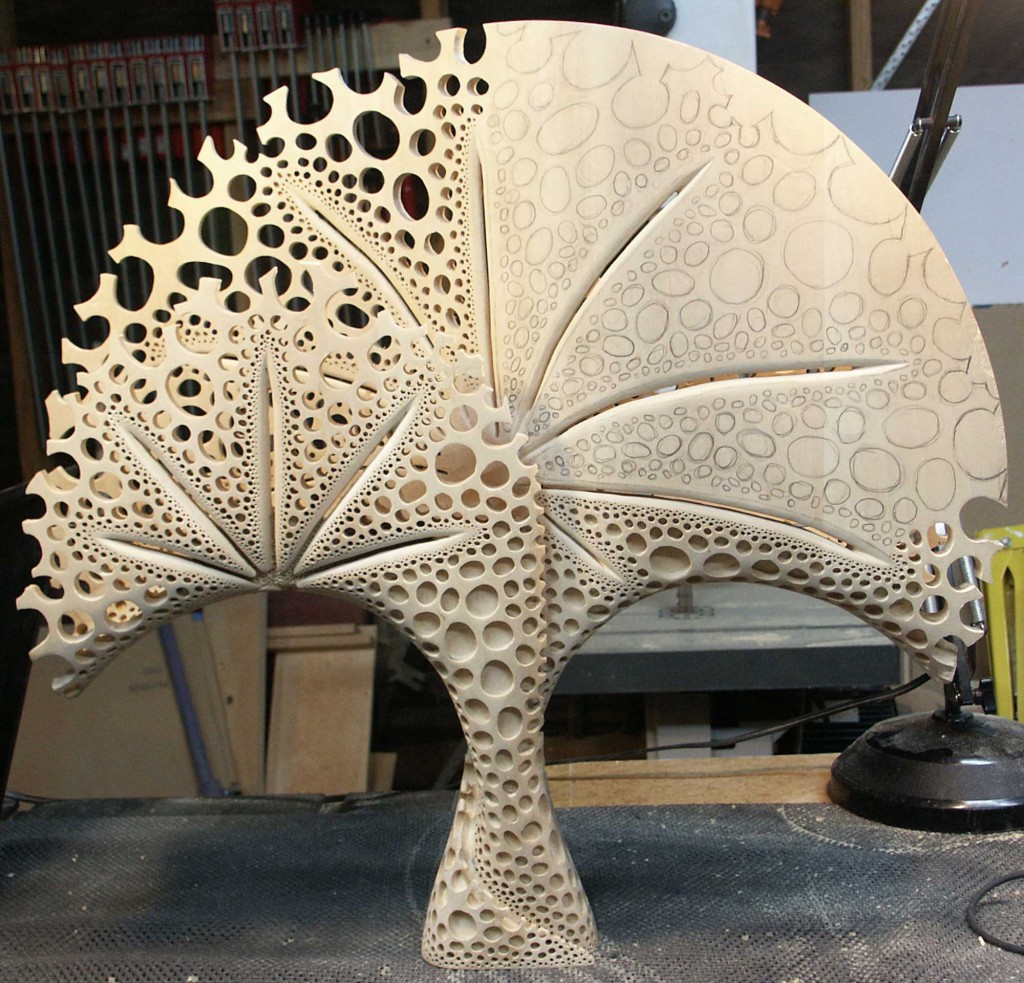
The larger wing during detailed carved. Both through holes (called “piercing”) and stopped holes were used to achieve the lace-like organic look. Notice the pencil marks on the non-carved surface that were used to guide the carving.
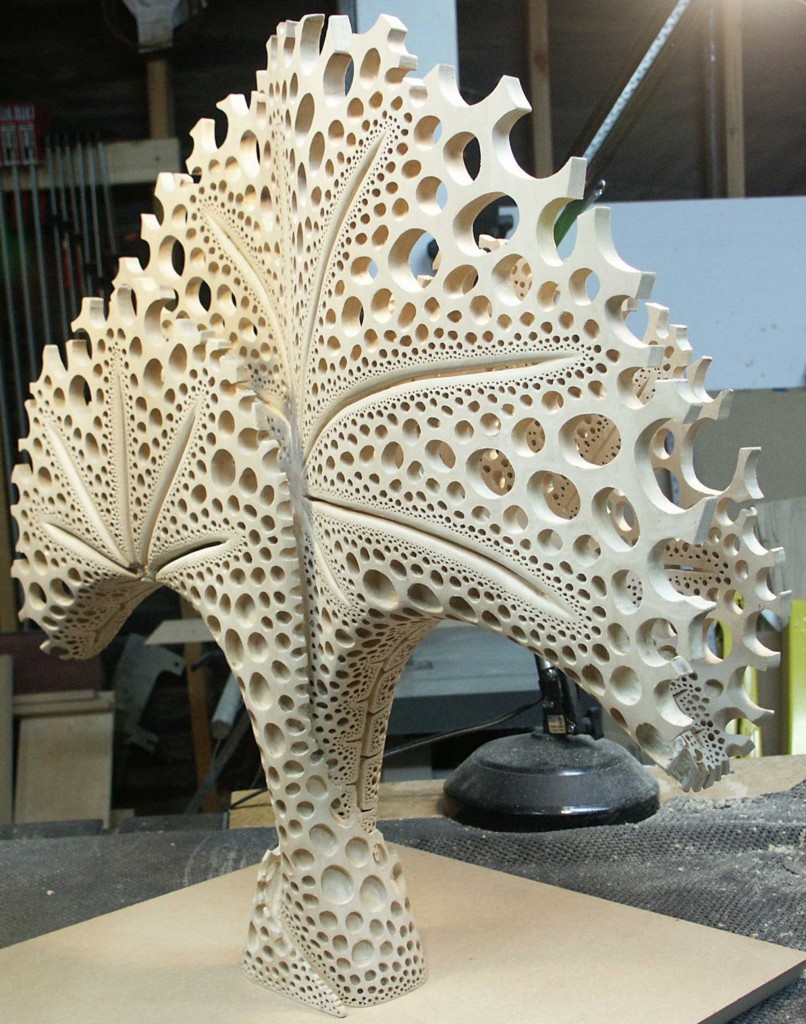
A three-quarter view of the completed piece, before wood dyes were used to emphasize the edges of the wings.
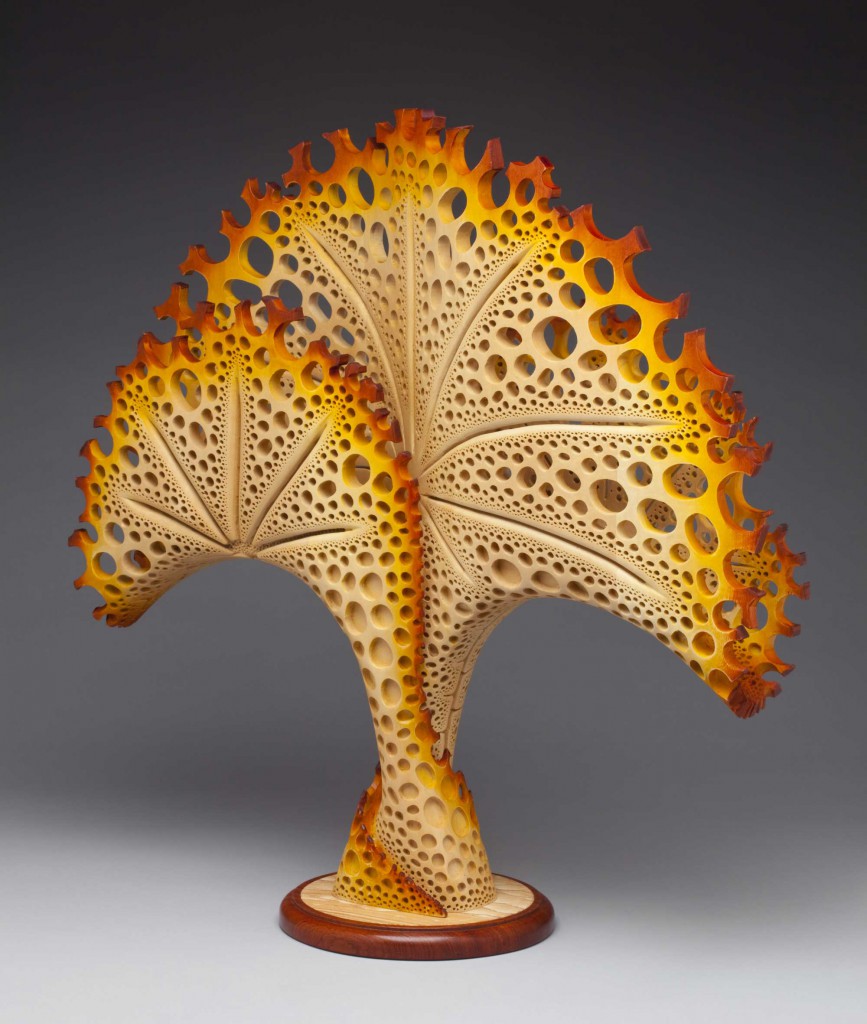
Final piece with added edge color, finished with polyurethane and finally mounted on a base made from African Padauk with an inset piece of Arizona sandstone.
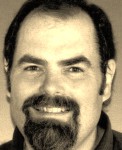 Mark Henry Doolittle earned a PhD in Biology from the University of California at Los Angeles, and enjoyed a career there in biomedical research. While working at UCLA, he also developed a keen interest in art and woodworking, recently transitioning into a second career as a full-time wood artist.
Mark Henry Doolittle earned a PhD in Biology from the University of California at Los Angeles, and enjoyed a career there in biomedical research. While working at UCLA, he also developed a keen interest in art and woodworking, recently transitioning into a second career as a full-time wood artist.
Mark’s work is strongly influenced by his background in biology. His work strongly reflects the growth and symmetry found in cells and tissue, as well as whole organisms. He uses organic shapes and abstract forms to foster a perception of biological grow.
See more of Mark’s intriguing work on his web site: markdoolittlestudio.com or on his Facebook page: www.facebook.com/markdool
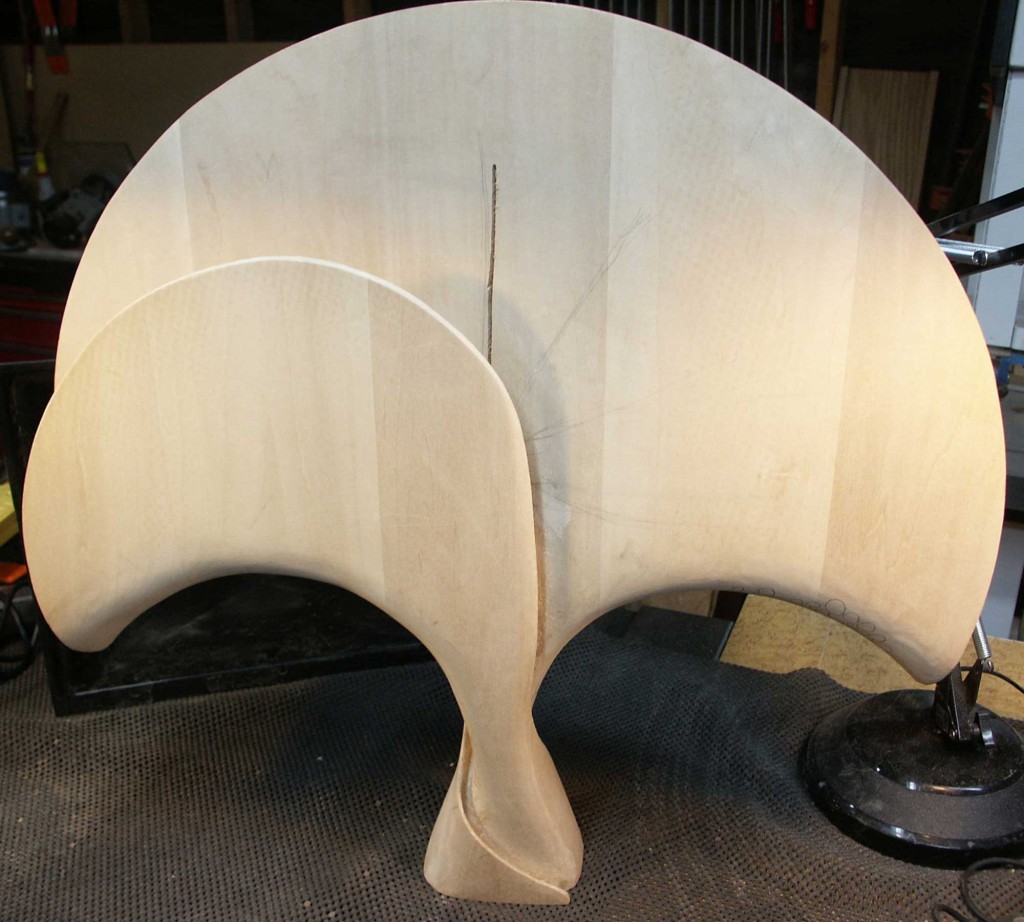

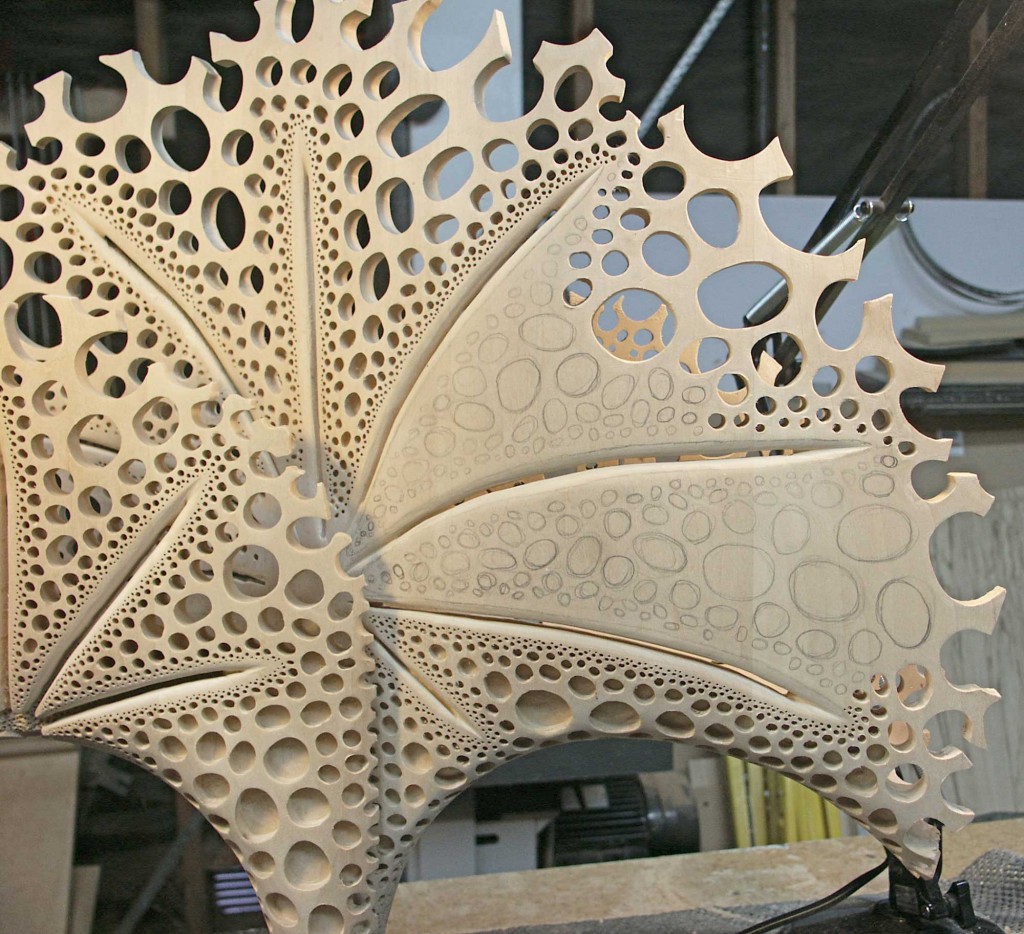
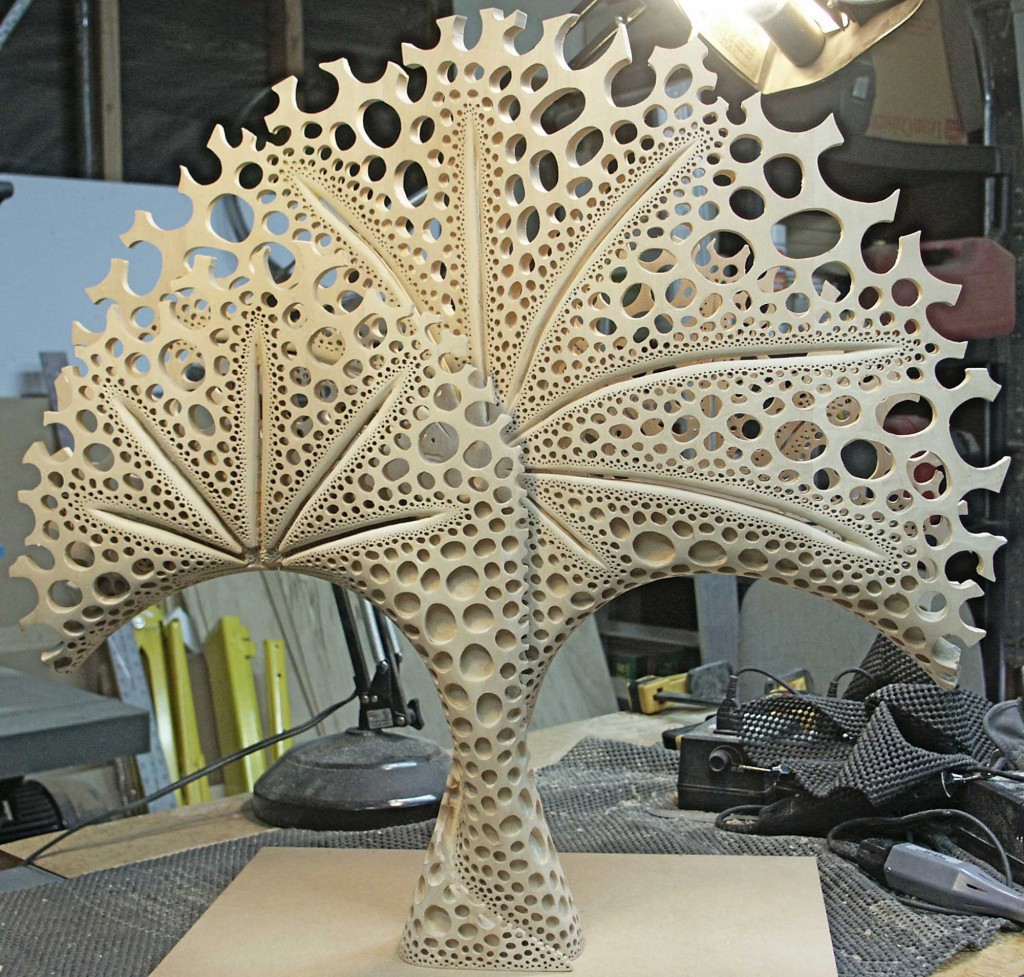
Recent Comments